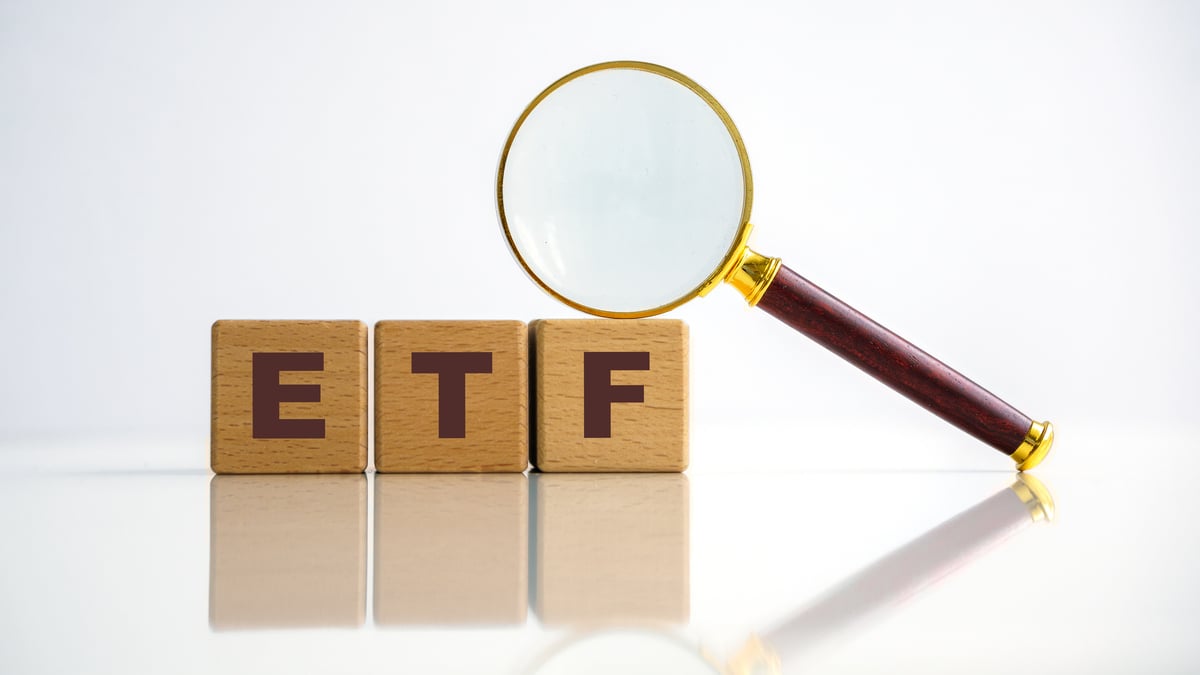Being able to live off dividend income in your retirement years can be a great goal to aim for. And by investing in the stock market, growing your portfolio, and investing in dividend-paying stocks, that can be possible.
But just how does that all work? Below, I'll outline a strategy that can help you build up a strong portfolio balance over time through monthly investments of $300, and then, how that can eventually be transformed into a portfolio that's generating around $50,000 per year in dividends for you.

Image source: Getty Images.
Investing in a growth-focused fund can build up a strong portfolio balance in the long term
To achieve the best returns over the long run, you'll likely want to have a position in top growth stocks. While they can be volatile, especially in the short term, over a long period of time, you should benefit from their growth and rising valuations. It can, however, be hard to pick the right growth stocks and determine the right mix of them.
In order to get around this, you can simply invest in the Invesco QQQ Trust (QQQ +0.41%). The exchange-traded fund (ETF) will give you exposure to the top 100 non-financial stocks on the Nasdaq Stock Exchange. There's no worry about having to change your portfolio composition over the years and determining which stocks to buy and sell. All that is taken care of for you through this ETF, which does the work for you.
Over the past decade, the QQQ ETF has easily beaten the S&P 500, and is a great example of why it can be an ideal investment option when pursuing long-term growth.
Data by YCharts.
Historically, the S&P 500 has averaged an annual total return of close to 10%. It's possible that slower annual returns may be on the horizon, given how strong the market has been in recent years. But for the Invesco QQQ Trust, which has performed much better than the market, a 10% total annual return would be a slowdown, and thus, may be a realistic percentage to use when forecasting its future performance.
If you were to invest $300 per month into the fund, and it ended up averaging a 10% annual total return (compounded), then after 35 years, your portfolio balance could climb to a value of over $1.1 million.
Once you have a high enough balance, dividend stocks can do the rest
With $1.1 million, you would need to put that money into investments that yield a little more than 4.5% to generate dividend income of $50,000 per year. If your balance is not at such a high level, then you would need to target a higher yield for that to be possible, and that can result in taking on a bit too much risk. After building up your portfolio to such a large amount, it'll be important to balance both dividend income along with capital preservation; you don't want all that work of growing your portfolio to go to waste by gambling it on a risky dividend.
In 35-plus years, there will be new income-generating investments to consider, but one example today of an ETF that could bring in a lot of income is the iShares International Select Dividend ETF (IDV +0.92%), which yields 5.3% and gives you exposure to international companies from all over the world. This or a similar type of investment could help provide you with a sufficiently high yield to produce $50,000 in annual dividends on a $1.1 million balance, while keeping your risk relatively low.
Another thing you can do to try to minimize your risk is to spread your total investment across multiple ETFs. As long as you're averaging around 4.5%, then the end result can still be the same: $50,000 in dividends per year.
Investing regularly into stocks is a good move for the long run
Regardless of what the outlook may be for the stock market this year, or for the next few years, routinely investing in it can still be an effective way of building up your wealth over the long haul.
Timing the market is a risky strategy that can result in you missing out on gains. By simply making it a routine to invest in a fund like the Invesco QQQ Trust each month, you don't need to worry about external factors -- simply trust the process. There may be anxiety and poor returns in any one year, but the long-term trajectory is still likely to be a very strong and positive one.







